News
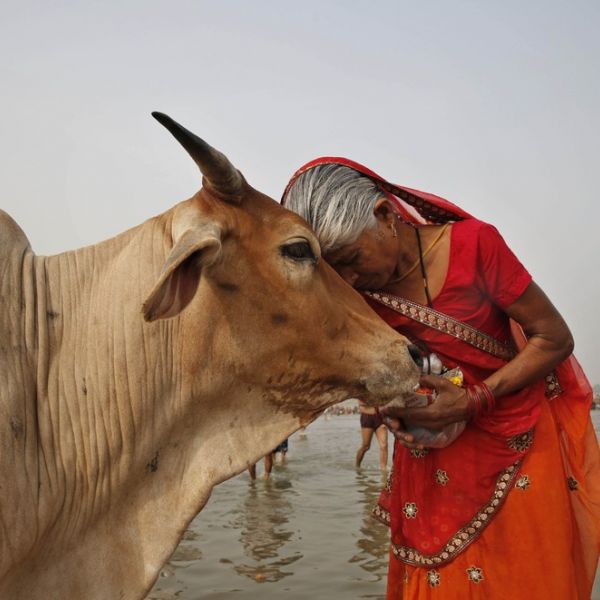
Jul 17, 2019
New tuberculosis tests pave way for cow vaccination programs
Skin tests that can distinguish between cattle that are infected with tuberculosis (TB) and those that have been vaccinated against the disease have been created by an international team of scientists.
Full Article

Jul 09, 2019
New method helping to find deletions and duplications in the human genome
A new machine-learning method accurately identifies regions of the human genome that have been duplicated or deleted — known as copy number variants — that are often associated with autism and other neurodevelopmental disorders. The new method, developed by researchers at Penn State, integrates data from several algorithms that attempt to identify copy number variants from exome-sequencing data — high-throughput DNA sequencing of only the protein-coding regions of the human genome.
Full Article
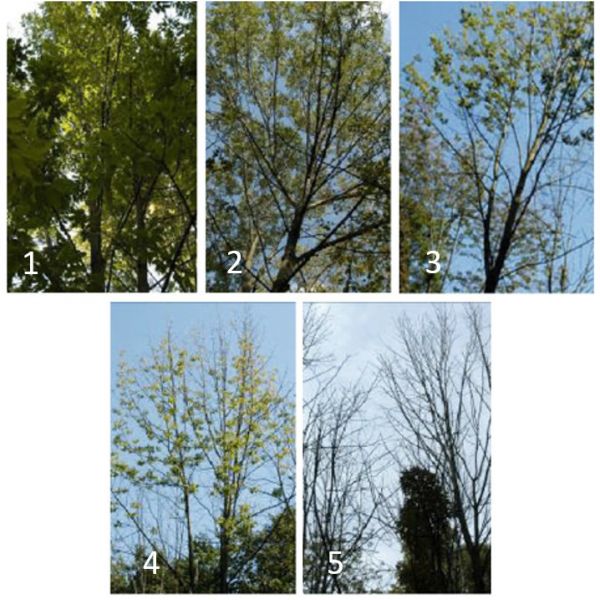
Jul 08, 2019
Some green ash trees show some resistance to emerald ash borers
Genes in green ash trees that may confer some resistance to attacks by the emerald ash borer express themselves only once the tree detects the invasive beetle's feeding, according to Penn State researchers.
Full Article
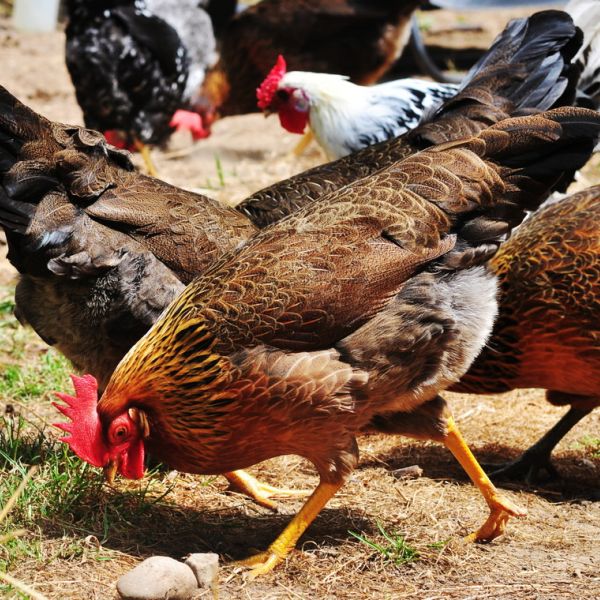
Jun 17, 2019
Researchers find genes that could help create more resilient chickens
An international team of scientists, led by Penn State researchers, have identified genes that may help farmers, especially ones in low- and middle-income countries, breed chickens that can resist one of the biggest disease threats facing poultry today.
Full Article

May 20, 2019
Shaun Mahony employs machine learning to study gene regulation
Once the fodder of science fiction books and movies, Artificial intelligence -- AI -- and machine learning are making an impact on nearly every facet of society. Penn State’s Institute for CyberScience are among Penn State’s research leaders who are both using AI in their work and studying ways to make sure that the technology’s societal impact is as safe and as beneficial as possible.
Full Article
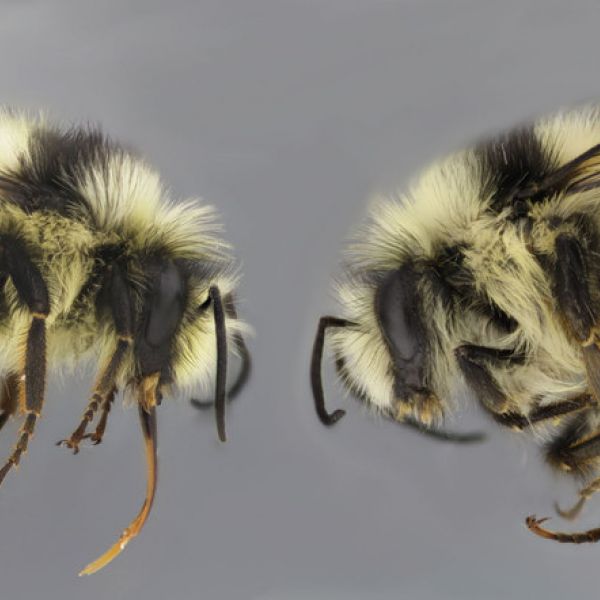
May 02, 2019
How The Bumble Bee Got Its Stripes
Researchers have discovered a gene that drives color differences within a species of bumble bees. This discovery helps to explain the highly diverse color patterns among bumble bee species as well as how mimicry — individuals in an area adopting similar color patterns — evolves.
Full Article

May 02, 2019
NIH Grant Funds Research to Pinpoint Natural Selection’s Influence on Genomes
With a $1.7 million grant through the National Institutes of Health, researchers led by Michael DeGiorgio will begin to tease apart individual forces to understand how much influence natural selection has had on our evolutionary path.
Full Article

Apr 19, 2019
NIH Trainees Juan Cerda and Catherine Douds Receive NSF-GRFP Honorable Mentions
Juan Cerda and Catherine Douds, both members of NIH-sponsored training programs overseen by the Huck Institutes, were recognized for their promising research ideas.
Full Article
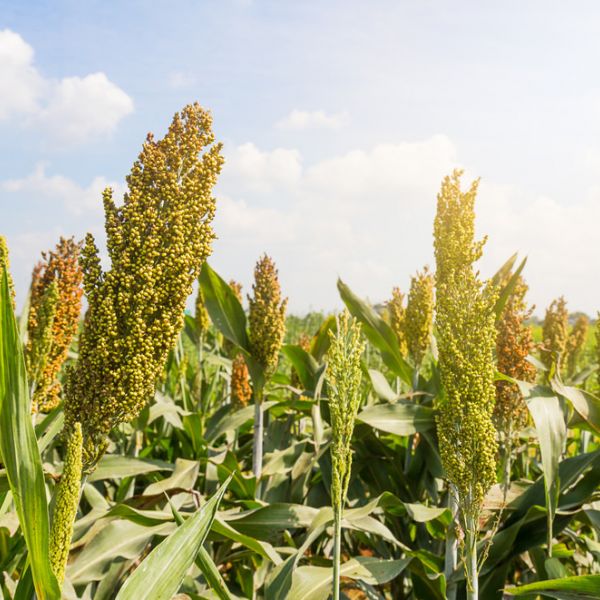
Apr 04, 2019
Insect-deterring sorghum compounds may be eco-friendly pesticide
Compounds produced by sorghum plants to defend against insect feeding could be isolated, synthesized and used as a targeted, nontoxic insect deterrent, according to researchers who studied plant-insect interactions that included field, greenhouse and laboratory components.
Full Article

Apr 03, 2019
Michael Axtell Among Five Receiving Faculty Scholar Medals
Five Penn State faculty members have received 2019 Faculty Scholar Medals for Outstanding Achievement for excellence in scholarship, research and the arts.
Full Article